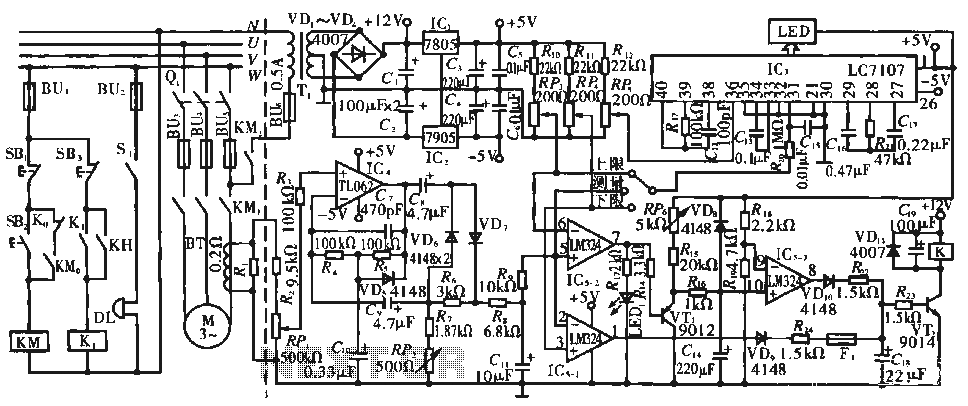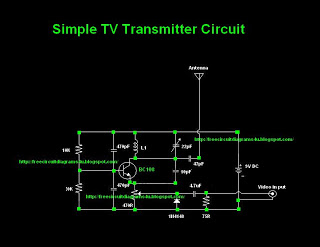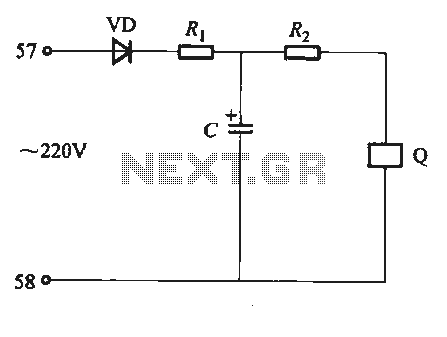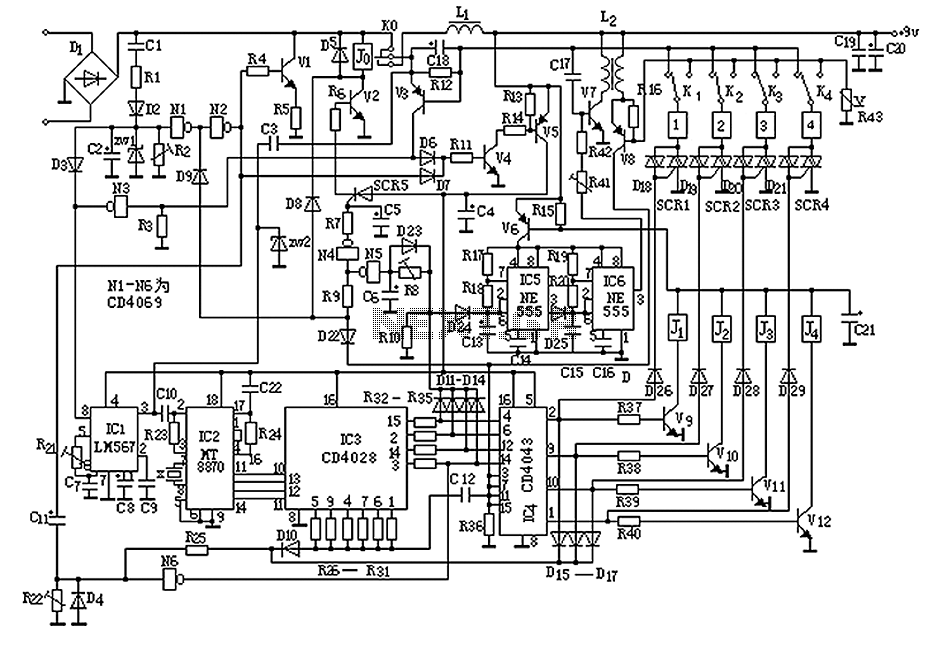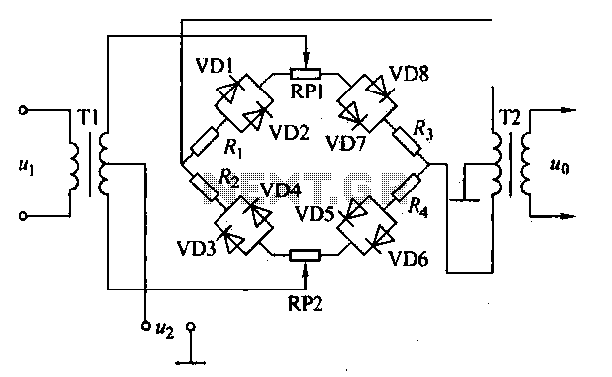
Forward and reverse running short brake circuit
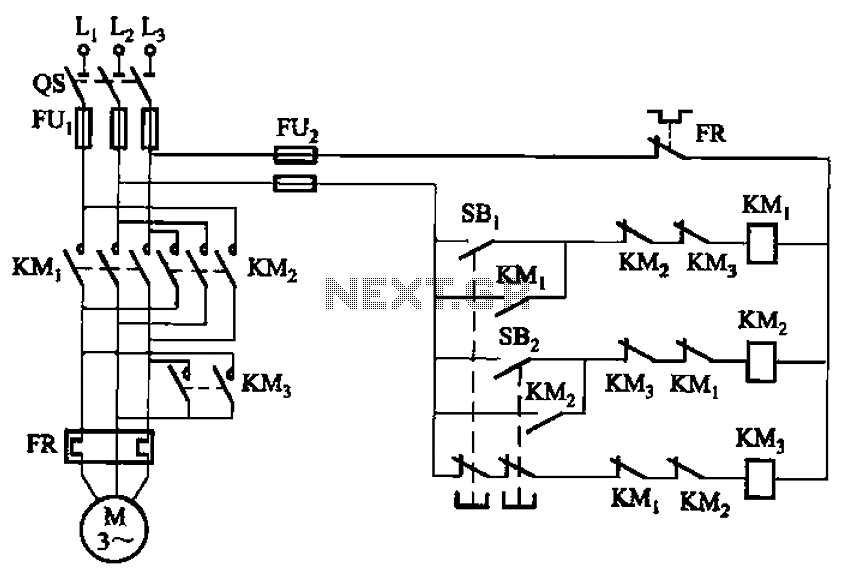
The circuit depicted in Figure 3-154 illustrates the KM3 braking contactors. During shutdown, the system can disconnect the operating system. At this point, KM3 activates, causing its normally open contact to close, thereby shorting the three-phase stator windings to facilitate braking.
The KM3 braking contactor circuit is designed to provide effective braking control in three-phase motor applications. The contactor operates by utilizing its normally open contacts, which remain open during normal operation. When a shutdown signal is received, the contactor is energized, causing the contacts to close. This closure effectively shorts the three-phase stator windings of the motor.
The shorting of the stator windings results in a rapid decrease in the motor's rotational speed, allowing for efficient braking. The circuit ensures that the motor comes to a stop quickly and safely, which is crucial in applications where immediate stopping is necessary to prevent accidents or equipment damage.
In addition, the design of the KM3 contactor includes features to handle the electrical load and ensure reliability during operation. The contactor is rated for the specific voltage and current levels associated with the motor it controls. Proper selection of the contactor, along with appropriate protective devices such as fuses or circuit breakers, is essential to safeguard the circuit from overload conditions.
Overall, the circuit provides a straightforward yet effective means of integrating braking functionality into three-phase motor systems, enhancing operational safety and performance. Circuit shown in Figure 3-154. Figure, KM3 braking contactors. Shutdown, you can disconnect the os. At this time, KM3 was electric pull its normally open contact closure shorti ng the three-phase stator windings to achieve the purpose of the brake.
The KM3 braking contactor circuit is designed to provide effective braking control in three-phase motor applications. The contactor operates by utilizing its normally open contacts, which remain open during normal operation. When a shutdown signal is received, the contactor is energized, causing the contacts to close. This closure effectively shorts the three-phase stator windings of the motor.
The shorting of the stator windings results in a rapid decrease in the motor's rotational speed, allowing for efficient braking. The circuit ensures that the motor comes to a stop quickly and safely, which is crucial in applications where immediate stopping is necessary to prevent accidents or equipment damage.
In addition, the design of the KM3 contactor includes features to handle the electrical load and ensure reliability during operation. The contactor is rated for the specific voltage and current levels associated with the motor it controls. Proper selection of the contactor, along with appropriate protective devices such as fuses or circuit breakers, is essential to safeguard the circuit from overload conditions.
Overall, the circuit provides a straightforward yet effective means of integrating braking functionality into three-phase motor systems, enhancing operational safety and performance. Circuit shown in Figure 3-154. Figure, KM3 braking contactors. Shutdown, you can disconnect the os. At this time, KM3 was electric pull its normally open contact closure shorti ng the three-phase stator windings to achieve the purpose of the brake.
